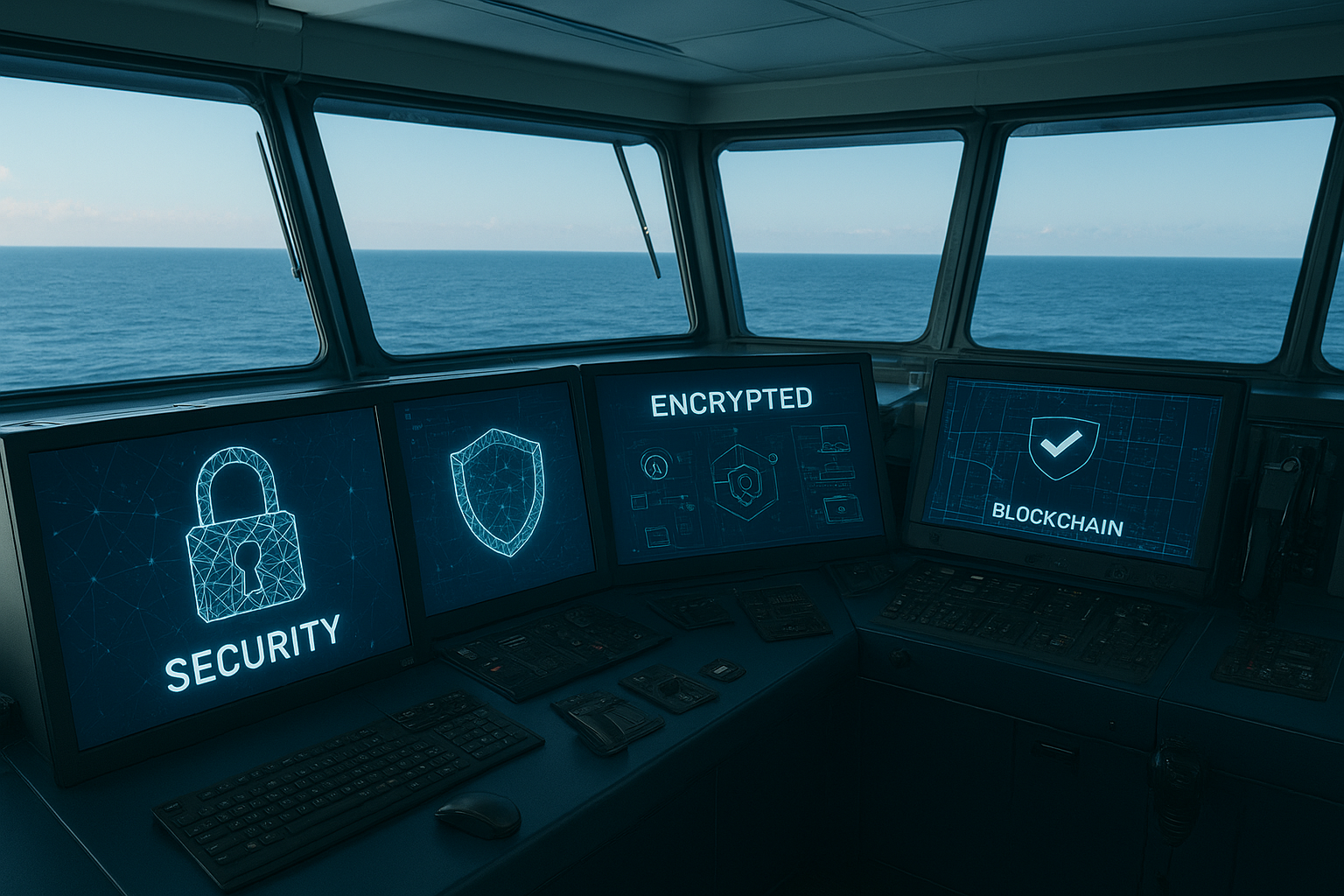
Maritime Cybersecurity: Protecting Ships from Digital Threats
Your Ship's Computer is Under Attack
Why Ships Are Vulnerable
- Legacy Systems: Many ships still use computer systems that are decades old. These systems were built before cybersecurity was a major concern, and they often lack basic security features.
- Internet Connectivity: Modern ships are connected to the internet for navigation, weather data, and communication. This connectivity is essential, but it also creates entry points for attackers.
- Lack of Security Updates: Many ship systems can't be easily updated with security patches. This means they remain vulnerable to known threats.
- Limited IT Expertise: Most ship crews don't have cybersecurity training. They know how to operate the systems, but they don't know how to protect them from digital threats.
Types of Maritime Cyber Threats
Real-World Cyber Attacks on Ships
How to Protect Ships from Cyber Attacks
The Role of Artificial Intelligence
Regulatory Requirements
The Future of Maritime Cybersecurity
What This Means for Maritime Careers
Best Practices for Maritime Cybersecurity
- Keep Systems Updated: Regularly update all software and systems with the latest security patches. This is one of the most important things you can do to protect against cyber threats.
- Use Strong Passwords: Use strong, unique passwords for all systems and change them regularly. Consider using a password manager to keep track of them.
- Be Careful with Email: Don't click on links or open attachments in suspicious emails. Phishing emails are a common way for attackers to gain access to systems.
- Limit Access: Only give people access to the systems they need to do their jobs. This helps prevent unauthorized access and reduces the risk of insider threats.
- Monitor Systems: Regularly monitor systems for unusual activity. This includes checking logs, monitoring network traffic, and looking for signs of compromise.
Frequently Asked Questions
Cyber attacks on ships are becoming more common as vessels become more connected. While exact numbers are hard to come by, the maritime industry is seeing an increase in cyber incidents, with ransomware attacks being particularly common.
While it's theoretically possible for a cyber attack to take control of ship systems, it's extremely difficult and would require a very sophisticated attack. Most cyber attacks on ships focus on disrupting operations or stealing data rather than taking physical control.
If your ship is hit by a cyber attack, the first priority is to isolate affected systems and prevent the attack from spreading. You should also contact your company's IT security team and report the incident to relevant authorities.
Conclusion
Share This Article
Related Articles
Continue reading with these related articles

Autonomous Ships: The Future of Unmanned Maritime Transportation
Discover how autonomous ships are revolutionizing maritime transportation. Learn about unmanned vessels, AI navigation systems, and the future of crewless shipping operations.

Maritime IoT and Smart Ship Technology: Connected Vessels of the Future
Discover how Maritime IoT and smart ship technology are creating connected vessels. Learn about ship sensors, data analytics, and the Internet of Things in maritime operations.

Maritime Drones and UAVs: How Unmanned Aircraft Are Changing Ship Operations
Discover how maritime drones and UAVs are revolutionizing ship operations. Learn about ship inspection drones, maritime surveillance, and unmanned aircraft in shipping.

Autonomous Ships: The Future of Unmanned Maritime Operations
Explore the future of autonomous ships and unmanned maritime operations. Learn about self-driving vessels, maritime automation, and the technology behind autonomous shipping.
© 2025 The Salty Mariner. All rights reserved.
